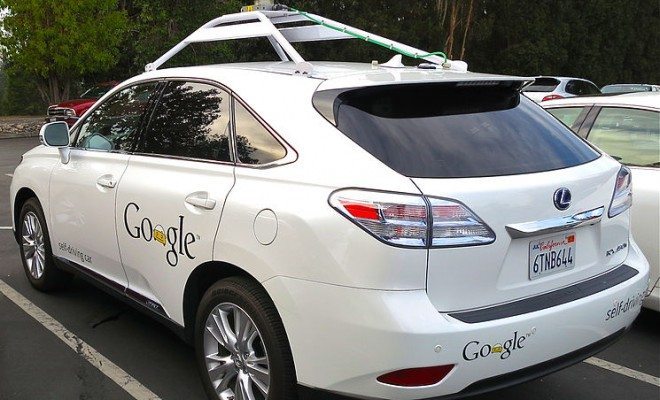
News
Will Driverless Cars Prove to be Too Much of a Liability?
Recently, there have been a lot cases that deal with liability. Whether, it’s Uber X drivers, Lyft, or even MH370, there is a common trend following the advancement of technological convenience, that the lines of liability become blurred. The next foreseen liability issue will be automated cars. The invention of the automated car provides convenience and could potentially increase safety on the roads. Google, large automakers, and governments around the world are investing large amounts of money to jump start vehicle automation technology. This all sounds great until we consider one minor detail: whose liable if no one is driving?
Driver Automation: What’s the issue?
It becomes confusing to fairly separate blame between a person driver and an automated vehicle. Looking at the possibility of a driverless vehicle being to blame, there are multiple aspects to consider, such as how the vehicle was made or tested. Many experts believe that it will be liabilities such as these that will slow down or even halt the shift of driverless cars from the research grounds to the roadways.
Do we just assume that this invention of driverless cars is out of reach because the court system will not be able to handle the liabilities that come with it? Rather than attempting to imagine every possible dangerous situation that may occur involving driverless cars, the courts can use a legal frameworks that are already in place. That is the rapidly growing area of law, product liability.
Following rapid technological change that has occurred in the last couple of years, products liability has become a growing area of law. It centers itself around the responsibilities of selling and creating newer products. Plaintiffs involved in product liability lawsuits will have multiple theories of liability to choose from in their attempt to recover damages, such as negligence, design defects and manufacturing defects. This already established product liability system can be applied to the recent invention of the automated vehicles.
Negligence
Manufacturers can be charged with negligence if they do not design their products to be safely used in ways that can be predicted. An example of this would be an automated vehicle that works correctly during the day but has issues at night. When this results in a crash or car damage, a plaintiff can argue that driving at night is a foreseeable activity for a driverless car. The fact that a manufacturer did not correctly account for this is negligence.
Design Defects
A design defect is another possible liability avenue for driverless cars, that the court will be able to legally handle. A design defect would be labeled as something such as when the software can not sufficiently brake on a downhill slope. This can cause a frontal collision with another car, allowing the plaintiff to file a design defect liability claim.
Manufacturing Defects
There are times when the design can be sufficient, but the manufacturer can still have a liability issue due to manufacturing defects. This occurs when a manufacturer accidentally ships an older version of software containing flaws that a newer version has improved upon. Any injuries caused by a mistake such as this one can lead to a lawsuit revolving around manufacturing defects.
Prior to jumping to conclusions and believing that liabilities will put an end to automated vehicles before they hit the highway, let us look at the facts. The court system will not find it impossible to deal with the liability issues of driverless cars, but can instead use the products liability legal structure. In reality, automated vehicles are not really in a league of their own, but held to the same expectation of offering products that function correctly and safety as other manufacturers.
[The Atlantic] [CNN] [The Washington Post]
—
Taylor Garre (TaylorLynn013)
Featured Image Courtesy of [Steve Jurveston, Mariordo via Wikicommons]








Comments